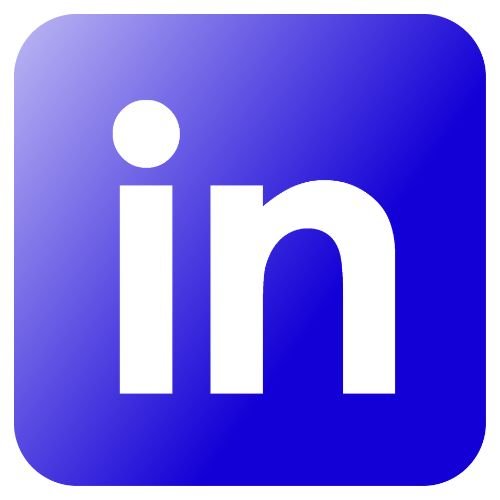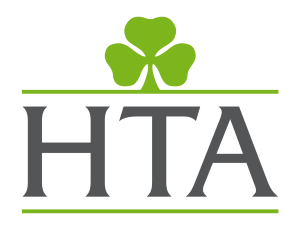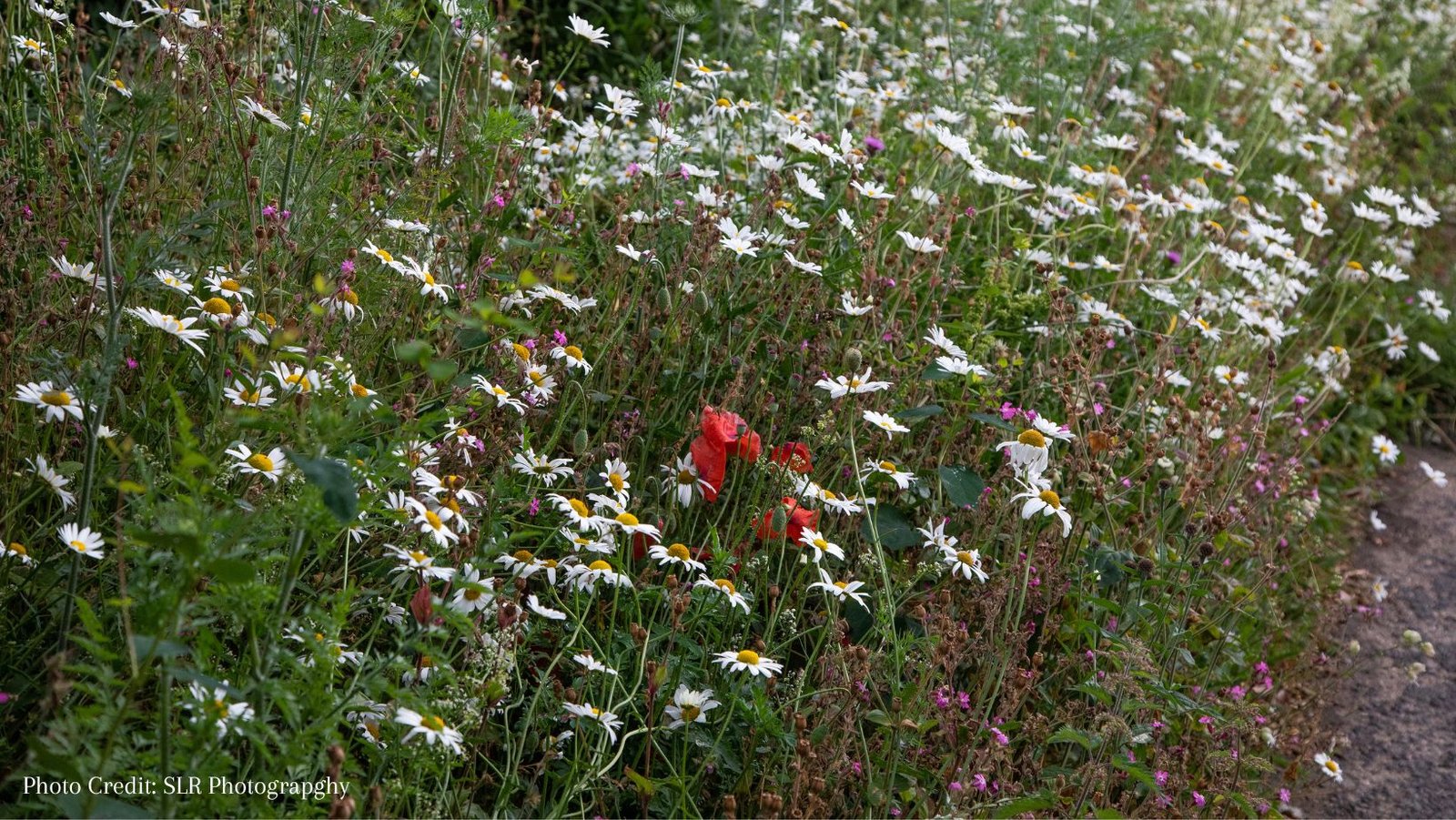
A sequel to 5 Steps to Going Wild in your Garden, because there is always more we can do.
With biodiversity declining at an alarming rate it can feel like the problem is too big for us to solve alone. But just imagine if we all did a little bit more … just like a waterfall is made up of many droplets of water. Big change can happen when we all come together.
And a wild garden is one of the easiest ways we can make a difference to the biodiversity in our communities.
Read on to learn more and decide which steps will work for you and your garden.
1. Plant a mini meadow
If you’re not keen on letting areas of your traditional lawn grow longer and run wild, then perhaps think about creating an area of wildflower meadow. This is a fantastic way of attracting bees and other pollinators. Wild flowers provide a more accessible source of nectar than many of the ornamental flowers in your garden.
A wild flower meadow is also low maintenance, needing only one cut a year. It will thrive on nutrient poor ground. You will be rewarded with beautifully vibrant colours and native flowers during Spring and Summer months.
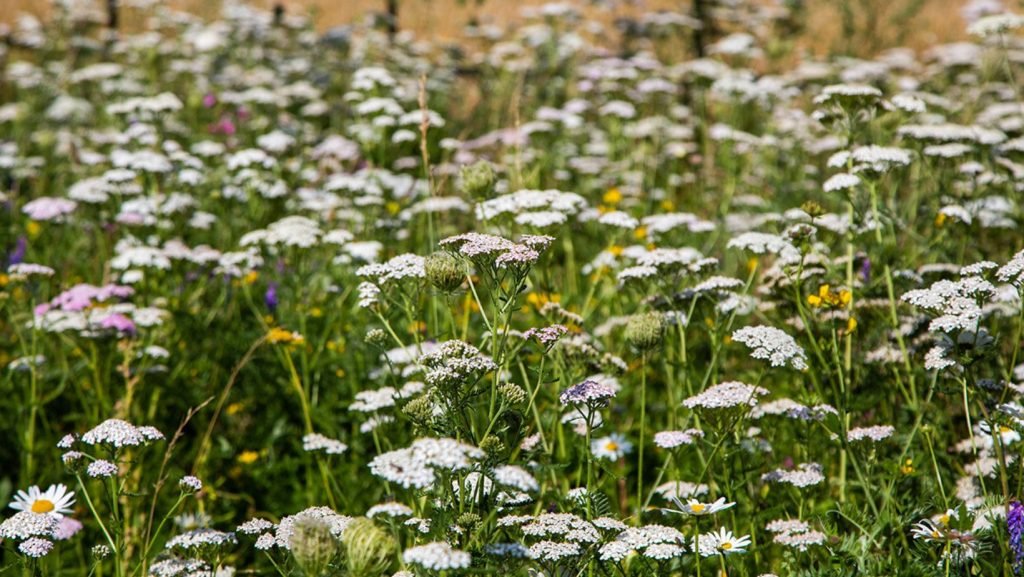
2. Take a low or no dig approach
Forking and digging over beds may seem the right thing to do when freshening up a border, but done too regularly it can start to destroy and disturb the vital organisms that help to sustain plant life.
As an alternative, consider mulching your beds. Adding a top layer of organic peat-free compost will help keep things in balance, suppress the weeds and reduce the work for you! You may even want to create your own compost area to supply your garden with mulch.

3. Re-rock the rockery
We’re not talking 1970’s style here, instead some randomly placed large rocks or boulders, ideally around water. These can be created as a feature within your garden which will act as shelter and habitats for small mammals and invertebrates.

4. Install feeders and nest boxes
Give fleeting birds even more of a reason to stay by placing feeders and bird boxes in sheltered areas.
Don’t forget raised water baths for drinking and bathing that keep them out of harms way from predators such a cats!
Not only can you welcome a variety of bird life into your garden, but they will also act as another predator to any unwanted pests!

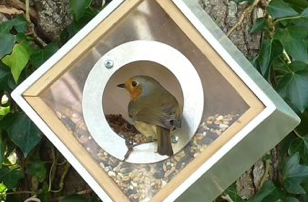
5. Be tolerant
Allowing parts of your garden to ‘go wild’ may for many feel like it’s becoming untidy and unruly.
In fact allowing some time for nature’s balance to ‘reset’ itself will lead to many benefits. No single pest will dominate as aphids and other unwelcome insects will decline since their natural predators will thrive. Native species will begin to flourish and you can rest assured both flora and fauna will thank you.
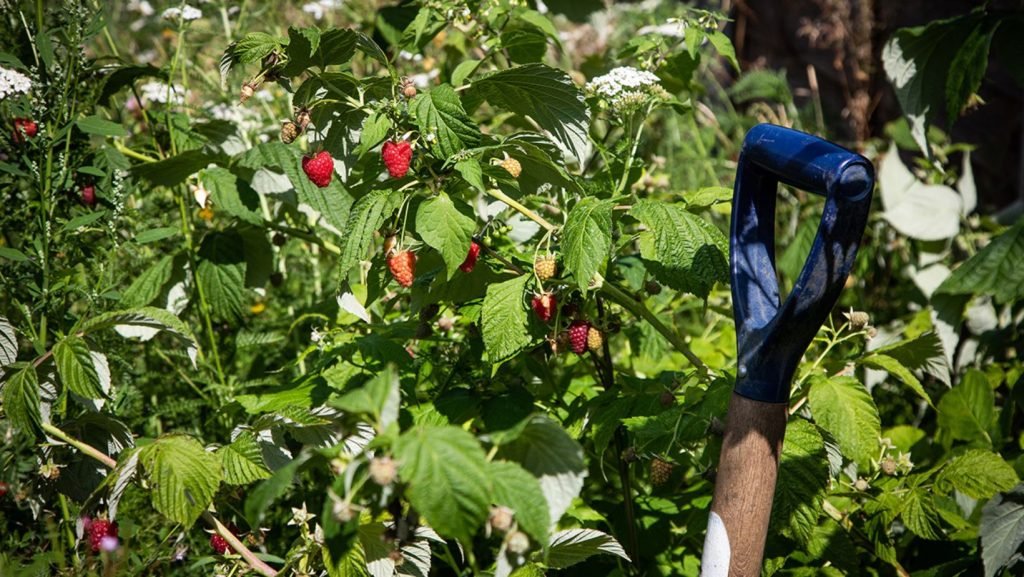
Which bit of your garden can you support going wild this year? Contact us if you would like support in going wild in your garden.




